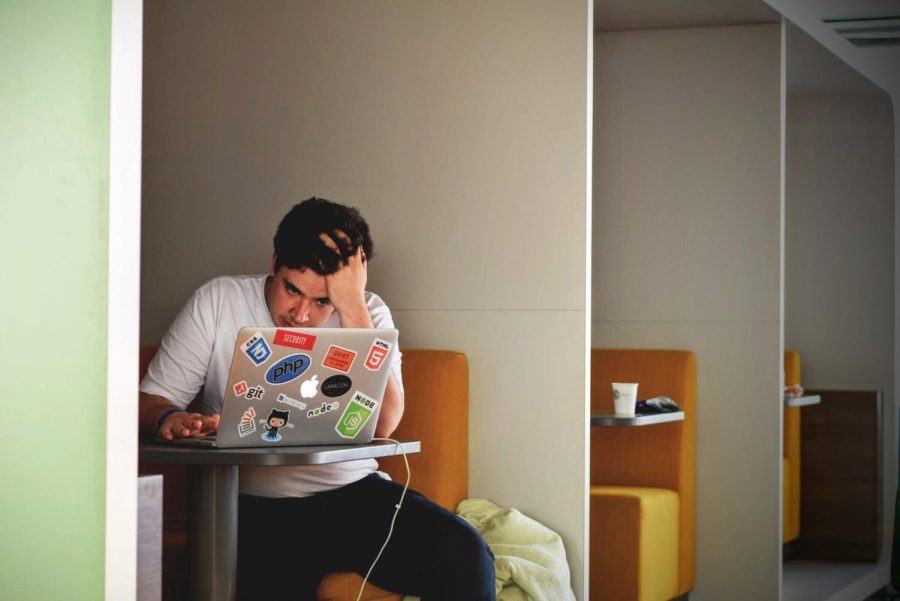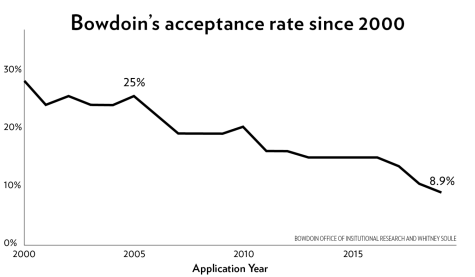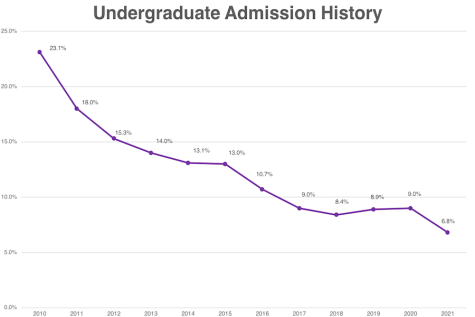The Problem With College Sports
On March 1, citizens across the United States were shocked upon hearing that, at age 22, renowned soccer player Katie Meyer had been found dead in her Stanford dorm room.
At least, that’s what everyone’s initial reaction was.
Conspiracies of the reason behind her death were quickly thrown within the next two consecutive days. Some speculated the possibility of COVID-19 being involved with such a sudden incident; others, however, had a much more unsurprising reaction.
“It was suicide. You always know it’s suicide when they don’t announce the cause of death right away.”
These were words said casually and unremarkably in a passing conversation with my mother. The saddest part is that she’s not wrong. This isn’t the first time our nation has seen the same exact situation play out: college football, basketball, tennis, field hockey– this list can and will go on.
According to the NCBI, Suicide is the third leading cause of death among collegiate athletes. 48.6 percent of those total suicides were from divison 1 athletes.
So this raises an obvious question. Why are suicides among student athletes so high? The answer is simple: too much pressure to deliver on unachievable goals.
Unfortunately that is a sentiment which is commonly shared among all students in the US’ modern educational system, not just athletes. To get into Ivy League schools, students feel pressured to pile their course load with extra AP classes, get recruited for sports, play instruments, involve themselves in copious amounts of community service, and gain awards for all their achievements.
This is all a symptom of US colleges. Every year, more is expected from students. This isn’t just speculation, this is fact. Look at the acceptance rates drops reported from colleges below:
Via https://bowdoinorient.com/2019/03/29/admissions-class-of-2023/
Via https://www.businessinsider.com/how-hard-to-get-into-harvard-stanford-2017-4
And if you think this is just from Ivy Leagues and extremely selective colleges, listen to this: UMD’s acceptance rates dropped from 51 percent acceptance rates in 2019-2020 admission years to 42 percent in 2020-2021, almost 10 percent..
Meanwhile, application rates are skyrocketing above what they were even just 5 years ago.
This massive discrepancy may be indicative of major errors within the US collegiate education system, ones that may go through with great change in the near future. However, this article isn’t about that; it’s about college in its current state and how negatively it’s affecting its athletes. That’s a whole different can of worms.
The issue at hand is that recently there has been a massive spike in college applications; as America progresses to modernity within the levels of the likes of the UK and Sweden, more of the population is looking to get a collegiate education, and there’s no issue with that. The issue is that the US’ education system was not built to educate this many people; in actuality, it is mainly just to educate the elite, white, and wealthy. In modern America, this is not the case, so there’s more competition than ever. And with that, more need to stand out. Students must pile up extremely hard courses, sports, extracurriculars, spectacular SAT/ACT scores, perfect college essays, and glowing letters of recommendation to even be considered by more selective colleges within the US. It has become too much because now athletes have to involve themselves in this competition as well.
There is often a schema thrown around that college athletes, especially on the D1 level, are allowed into schools which require much higher GPAs and test scores than the athlete has acquired, yet they let them play anyways, creating a massively unfair precedent within college admission. While scandals of this caliber have happened in the past this is largely a myth. This means that athletes looking to play at Ivy League colleges must not only be some of the top athletes in their sport in the country, but they also must meet the academic and extracurricular requirements that all other students getting into those colleges must meet. This is nearly impossible. I can speak from personal experience. I am an IB student and an athlete who is looking to get recruited to a D3 field hockey team, and even at the D3 level, I barely get any sleep and strain myself to gain all the requirements one must have to present a standout application to college admissions.
So, this all really begs the question: where is the line drawn? Seemingly nowhere, and if there is one, it is extremely blurry. High school prospects and college athletes are some of the most overworked students in the country. This insane amount of work and extraneous involvement athletes must endure in every aspect of their life is too much. It is blatantly true that all this work and no time to focus on mental health, hobbies, or sleep can cause so many athletes to suffer from mental issues. Suicidal ideation is not out of the question either.
If any attempts have been made to acknowledge the existence of the rampant rates of mental distress and harm within student athlete communities in the US, they have yet to be nationally acknowledged, much less enacted.





